What is destroying my gardenia hedge?
meldefusco
15 years ago
Related Stories

GARDENING GUIDES9 Low-Growing Hedges That Make Good Neighbors
Define garden areas or borders without blocking the view, with these evergreen shrubs that take kindly to trimming
Full Story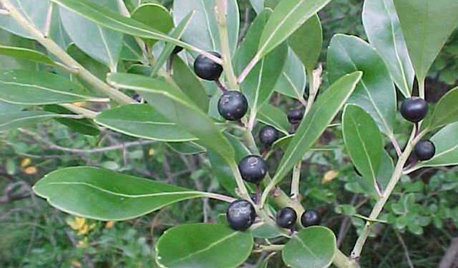
FLOWERS AND PLANTSEasterners: Consider This Native Alternative to Boxwood
Inkberry, or Ilex glabra, excels as a foundation plant or formal hedge perfectly suited to the East Coast
Full Story
GARDENING GUIDESCalifornia Gardener's June Checklist
Update your hydrangeas, catch up on tomatoes and more ways to enjoy your California garden in June
Full Story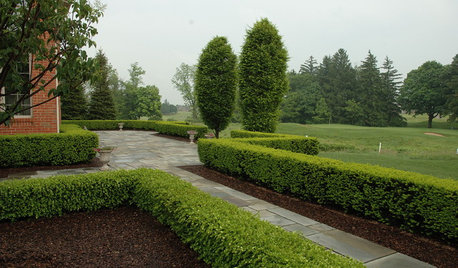
GARDENING GUIDESGreat Design Plant: Boxwood
This elegant evergreen can shape shift into forms limited only by a gardener's imagination and a clipper's reach
Full Story
LIFETrue Confessions of a House Stalker
Letting go when a new owner dares to change a beloved house's look can be downright difficult. Has this ever happened to you?
Full Story
SPRING GARDENINGTop 10 Scented Plants for Your Garden
A palette of perfumed plants can transform even the smallest of gardens into a sensory delight
Full Story
GARDENING GUIDESOh, Deer! 10 Native Flowers That Stand Up to the Herds
Keeping a garden amid hungry deer can be hard, but these plants should fare well
Full Story
GARDENING AND LANDSCAPINGGrow a Lush Privacy Screen
No need to wait forever for patio privacy the green way. These 10 ideas will get your screening up and running in no time
Full Story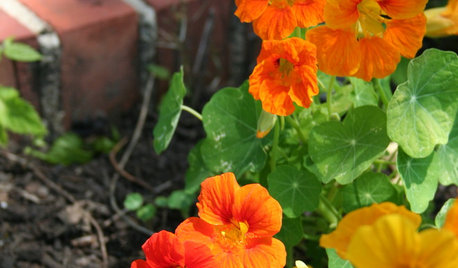
GARDENING GUIDESDon’t Let These Excuses Keep You From Gardening
Stop blaming your lack of experience, space, time and funds, and get on with the joy of garden making
Full Story
GARDENING GUIDES8 Plants for a Deliciously Fragrant Fall Garden
Scent the autumn air with the perfume of caramel corn, honey and spices by adding these intoxicating plants to your landscape
Full StoryMore Discussions







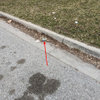
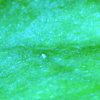
jean001
midnightgardener
Related Professionals
Forest City Landscape Architects & Landscape Designers · Stamford Landscape Contractors · Wakefield Landscape Contractors · Brandon Landscape Contractors · Deer Park Landscape Contractors · Fort Worth Landscape Contractors · Lakeville Landscape Contractors · Lebanon Landscape Contractors · New Cassel Landscape Contractors · Palos Verdes Estates Landscape Contractors · Selden Landscape Contractors · Tamarac Landscape Contractors · Thornton Landscape Contractors · Tustin Landscape Contractors · East Norriton Landscape Contractorsjean001
meldefuscoOriginal Author
maifleur01
meldefuscoOriginal Author
jean001
rhizo_1 (North AL) zone 7
nandina
jean001
nandina
meldefuscoOriginal Author
buyorsell888